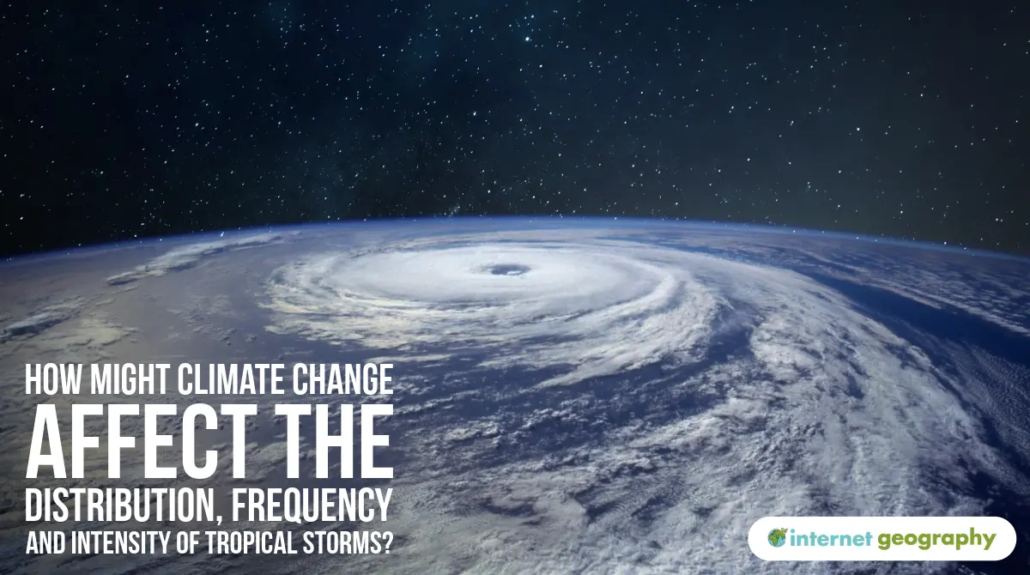Climate change is having a growing impact on the world’s weather systems, and tropical storms are likely to be affected. Rising global temperatures could change the distribution, frequency, and intensity of tropical storms in the coming decades.
Distribution: Where tropical storms happen
Tropical storms typically form over oceans where the sea surface temperature is 27°C or higher. As global temperatures rise due to climate change:
- More of the world’s oceans may reach 27°C, particularly those located further from the Equator.
- Tropical storms could form in new areas, increasing the risk for regions that haven’t been affected before.
- Warmer seas lasting longer into the year may extend the tropical storm season.
Frequency: How often tropical storms occur
It is still uncertain how climate change will affect the total number of tropical storms, but warmer oceans and longer storm seasons may lead to:
- More storms forming each year, as oceans remain above 27°C for longer.
- A possible increase in the proportion of storms reaching higher categories (e.g. Category 4 and 5).
Intensity: How powerful tropical storms become
This is where scientists are most confident. A warmer atmosphere and oceans are expected to increase storm intensity:
- Higher temperatures = more energy, leading to stronger wind speeds.
- Warmer air holds more moisture, leading to increased heavy rainfall and a higher risk of flooding.
- In the last 25 years, satellites have recorded a 4% rise in water vapour, which makes storms wetter and more destructive.
- Rising sea levels, caused by thermal expansion, may lead to higher storm surges, increasing the threat to coastal areas.

